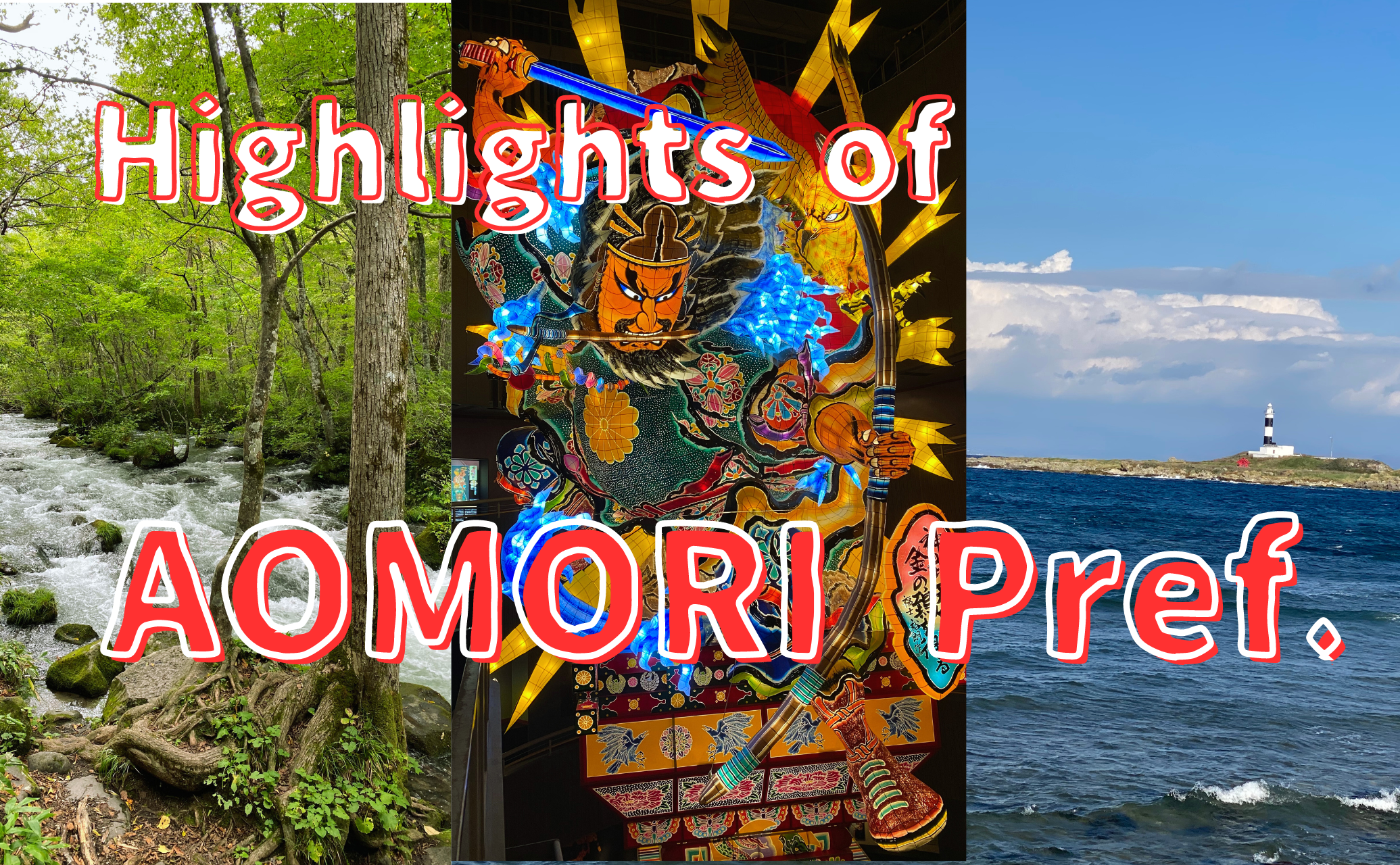Located at the northernmost tip of Honshu, Aomori faces both the Pacific Ocean and the Sea of Japan, and is bordered by Hokkaido across the Tsugaru Straits. The entire prefecture is designated as a heavy snowfall area, with snow accumulating to over 2 meters in some places.
Aomori Prefecture is divided into two major regions, Nanbu and Tsugaru. They are characterized by different climates, customs, and cultures. Aomori is one of the most agriculturally productive prefectures in Japan, especially famous for its apples.
Nanbu Area
Hachinohe
Hachinohe Port, one of the largest fishing ports in Japan, is also an industrial port and an international trading port. The Tohoku Shinkansen bullet train stops at Hachinohe Station, but the city center is located at Hon-Hachinohe Station on the Hachinohe Line. Many hotels are located in this area. There is a U.S. military base and a Self-Defense Forces station in the neighboring city of Misawa.
TOHOKU EMOTION
This restaurant train runs on the Hachinohe Line from Hachinohe Station in Aomori Prefecture to Kuji Station in Iwate Prefecture.
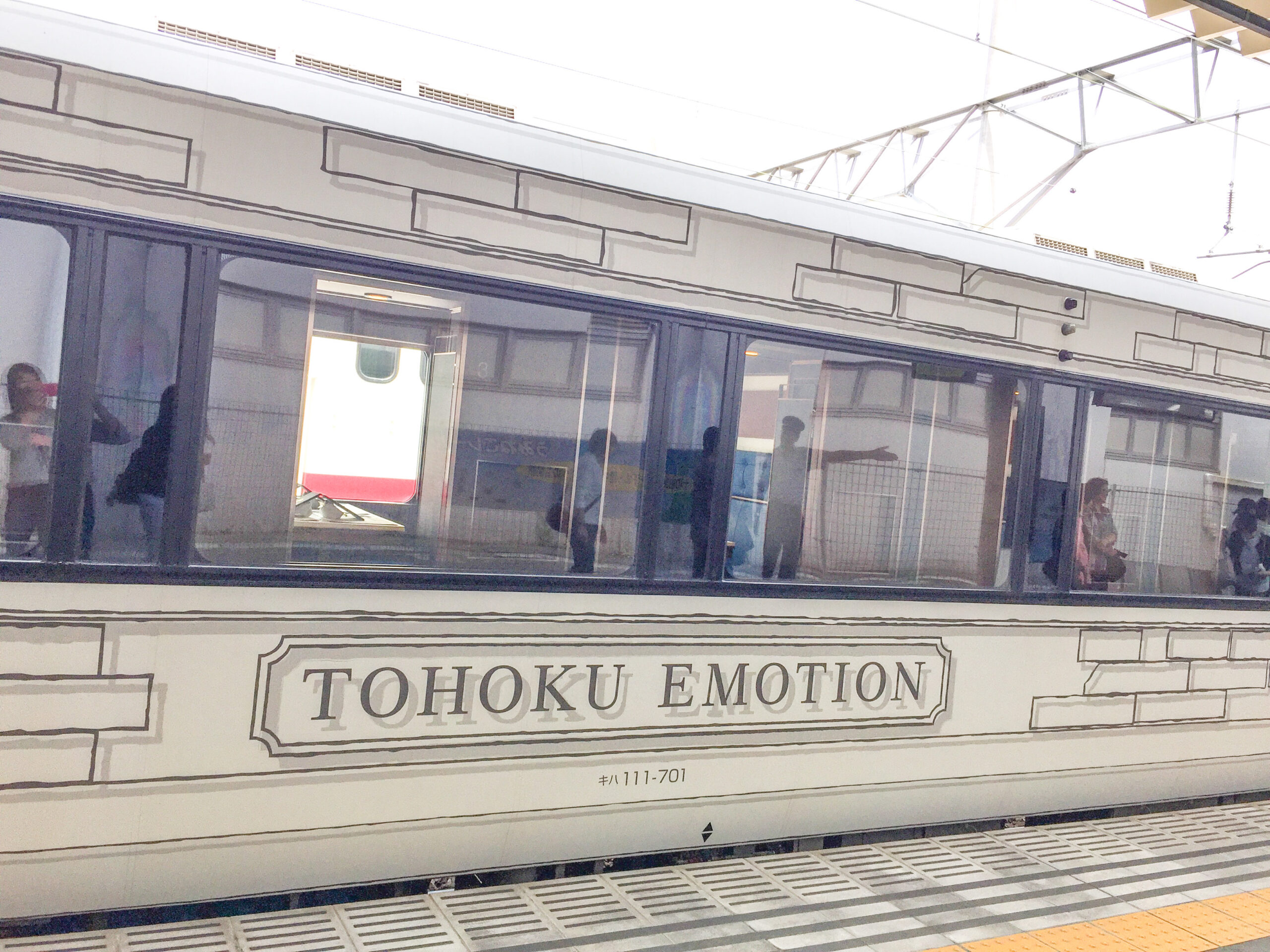
Passengers can enjoy an authentic course meal using local ingredients while viewing the Pacific Ocean from the train windows. The train departs from Hachinohe with a course meal and departs from Kuji with dessert, so they can be used on the same day. Days of operation are limited and advance reservations are required.
For reservations and more information, please click here.
Japan Rail Pass is not available for this train. Reservation site is in Japanese only.
Towada
Lake Towada is located in the mountains bordering Akita Prefecture. The Oirase Stream, just a short distance from Lake Towada, has a well-maintained walking trail that allows hikers to enjoy hiking in the midst of nature. The best times to go hiking are during the season of fresh green leaves and autumn foliage. In Towada City, there is an art museum where visitors can enjoy contemporary art.
Oirase Stream
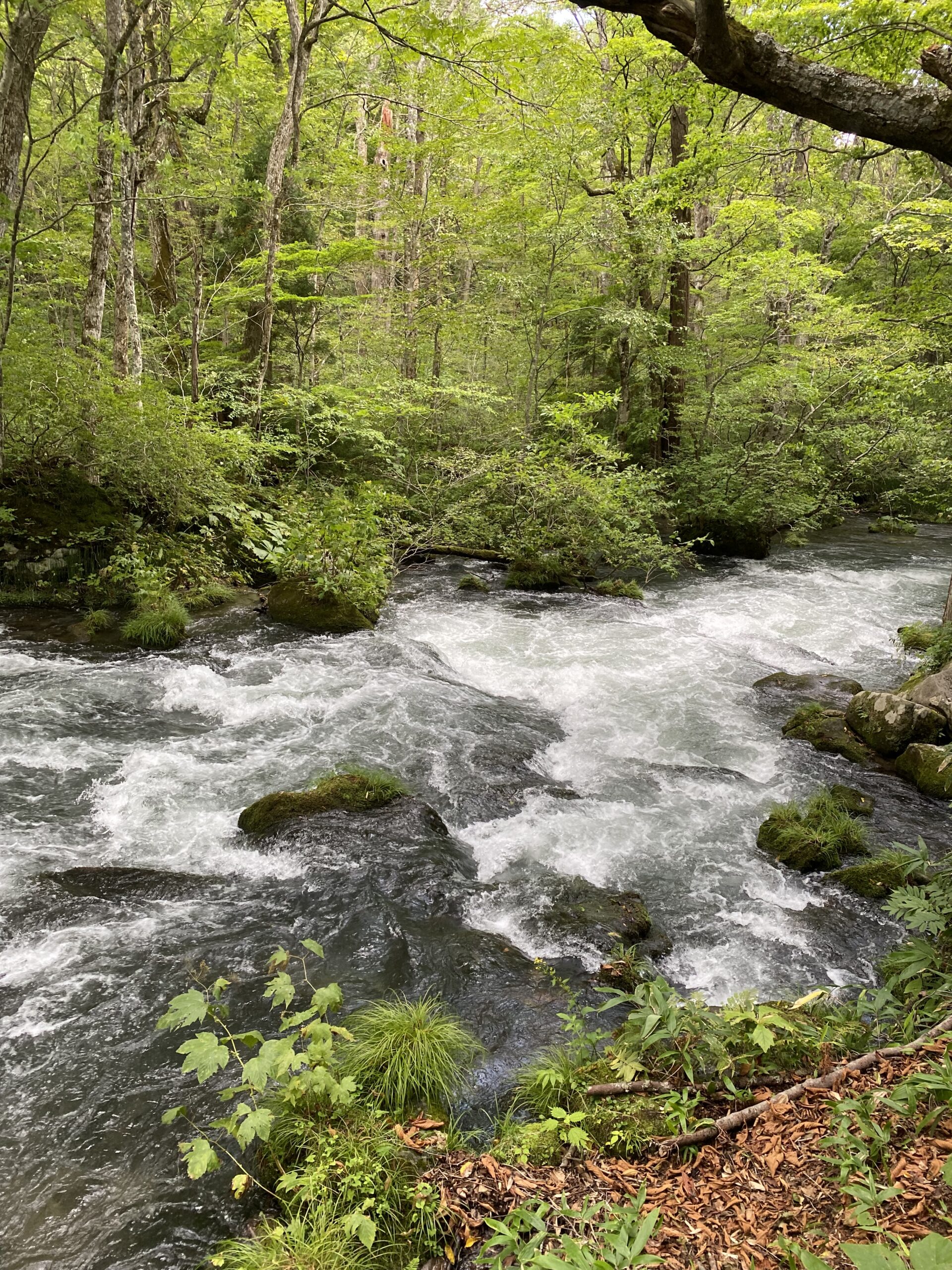
The 14-km stretch of stream from the shore of Lake Towada is called Oirase Keiryu, and has many natural attractions that have been protected by national designation. Both roadways and footpaths are maintained along the stream, allowing anyone to stroll at their own pace. While being easy, visitors can enjoy nature with their whole body by seeing waterfalls, clear streams, and rocks up close.
Towada Art Center
The Towada Art Center is a unique space for contemporary art. Each exhibition space is independent as a “house for art” and connected by a glass corridor.

The city of Towada is committed to urban development through art, and the entire city has become an art museum. Even if you do not enter the museum, you can experience art in the art plaza and other areas.
Shimokita
The Shimokita Peninsula is located on the Pacific Ocean side of Aomori Prefecture. Railroads run to Ominato Station, but buses are required to reach Mutsu City, the main city. Osorezan, a sacred mountain, and Hotokega-ura, a scenic spot for coastal bathing, are highlights of the area. Omazaki, located at the northernmost tip of the island, is known for its tuna fishing. The tuna is branded as “Oma’s Tuna” and is sold at a high price.
Mount Osorezan

Osorezan is known as one of the three most sacred places in Japan. The mountain emits sulfurous acid gas and has a desolate landscape with a unique atmosphere that is inhospitable to people. It is believed to be a place where the dead gather and has been worshipped since ancient times. It is a 40-minute bus ride from Shimokita Station.
Tsugaru Area
Aomori City
Aomori City is the capital and the largest city in Aomori Prefecture, and is famous for the Nebuta Festival held in August, which is synonymous with the prefecture. There is also a museum where you can see Nebuta even outside of the festival season. The city is also home to Jomon ruins that are said to date back 7,000 to 5,000 years, giving visitors a glimpse into ancient culture. Aomori Station, located in the center of the city, is a 5-minute train ride from Shin-Aomori Station on the Tohoku Shinkansen Line.
Nebuta Festival
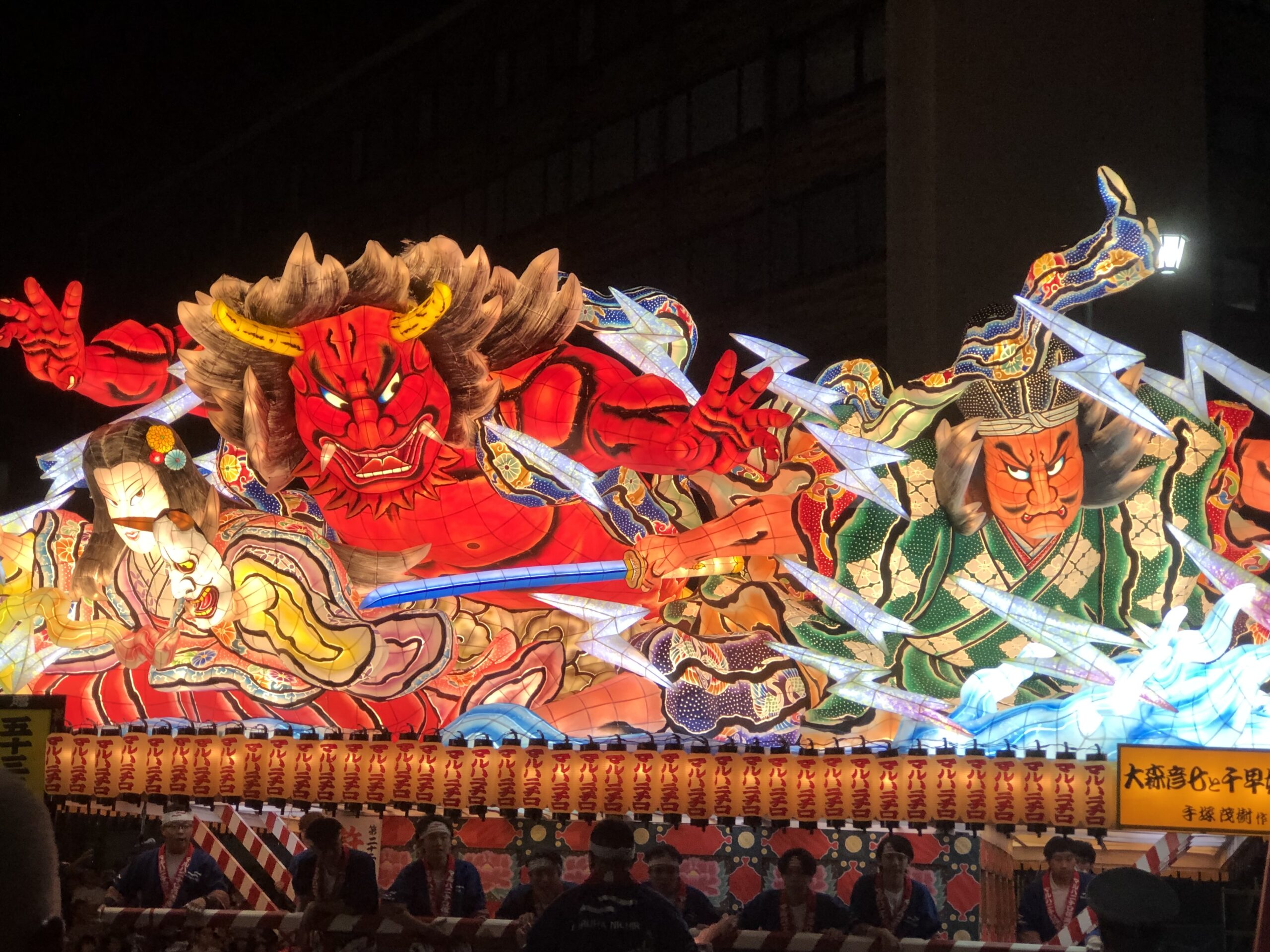
Nebuta festivals are held throughout Aomori Prefecture, mainly in the Tsugaru area. The Aomori Nebuta Festival, held in Aomori City, is the most well-known and most crowded of all the festivals. Lanterns made of wood, wire, paper, and other materials are pulled in a parade through the city. The festival is also characterized by its heroic festival music, which adds to the excitement of the festival. At the Nebuta Museum WARASSE near Aomori Station, Nebuta floats can be seen throughout the year.
Sannai-Maruyama Site

Located 15 minutes by bus from Shin-Aomori Station, this is one of the largest Jomon settlement ruins in Japan. The existence of the ruins has been known since the Edo period (1603-1867), but excavations since 1992 have uncovered a series of remains of houses and other structures from that period. Visitors can catch a glimpse of the way of life of humans before the start of agriculture. There are indoor and outdoor sites where excavated artifacts are displayed, making this a facility well worth seeing.
Hirosaki
Hirosaki is the second largest city in the prefecture after Aomori City, and prospered as a castle town during the Edo period.
Hirosaki Park, where Hirosaki Castle is located, is famous for its cherry blossoms. The best time to view the cherry blossoms is usually from late April to early May, attracting visitors from all over Japan. Hirosaki City produces the largest amount of apples in Japan, and many restaurants in the city serve apple pie and other apple-based dishes.
Hirosaki Castle
The castle tower, built around 1800, still stands. In the Edo period (1603-1867), the castle was the center of a prosperous castle town, and around 1900, the area including the castle was developed into Hirosaki Park. The cherry trees planted at that time have been carefully cared for, and the area is still known as a cherry blossom viewing spot today.
Goshogawara Tachineputa
Nebuta (called Neputa in some regions) have different shapes depending on the location. Aomori City’s Nebuta is doll-shaped, Hirosaki’s is fan-shaped, and Goshogawara’s is huge, standing more than 20 meters tall.

The floats are impressive and powerful when seen in front of you. During the festival, the float is paraded through the city, so the roads were widened and electric lines were buried. Outside of the festival season, the floats can be viewed at the Tachineputa Museum.
Shirakami
The area registered as a World Heritage site as the Shirakami Sanchi (Mountainous Region of Shirakami) extends into neighboring Akita Prefecture. Here, a natural beech forest, said to be one of the largest in the world, remains virtually untouched. To enjoy this area, take the Gono Line, a local train that runs along the Sea of Japan. You can enjoy the area to the fullest by stopping at tourist spots along the way and staying at a hot spring hotel.
Lake Juniko
There is an easy hiking spot about 20 minutes by bus from the Juniko Station on the Gono Line. The highlight is “Aoike,” or Blue Pond. The pond’s mysterious blue color makes you want to spend all day admiring it. A short walk around Aoike is no problem even without serious equipment.
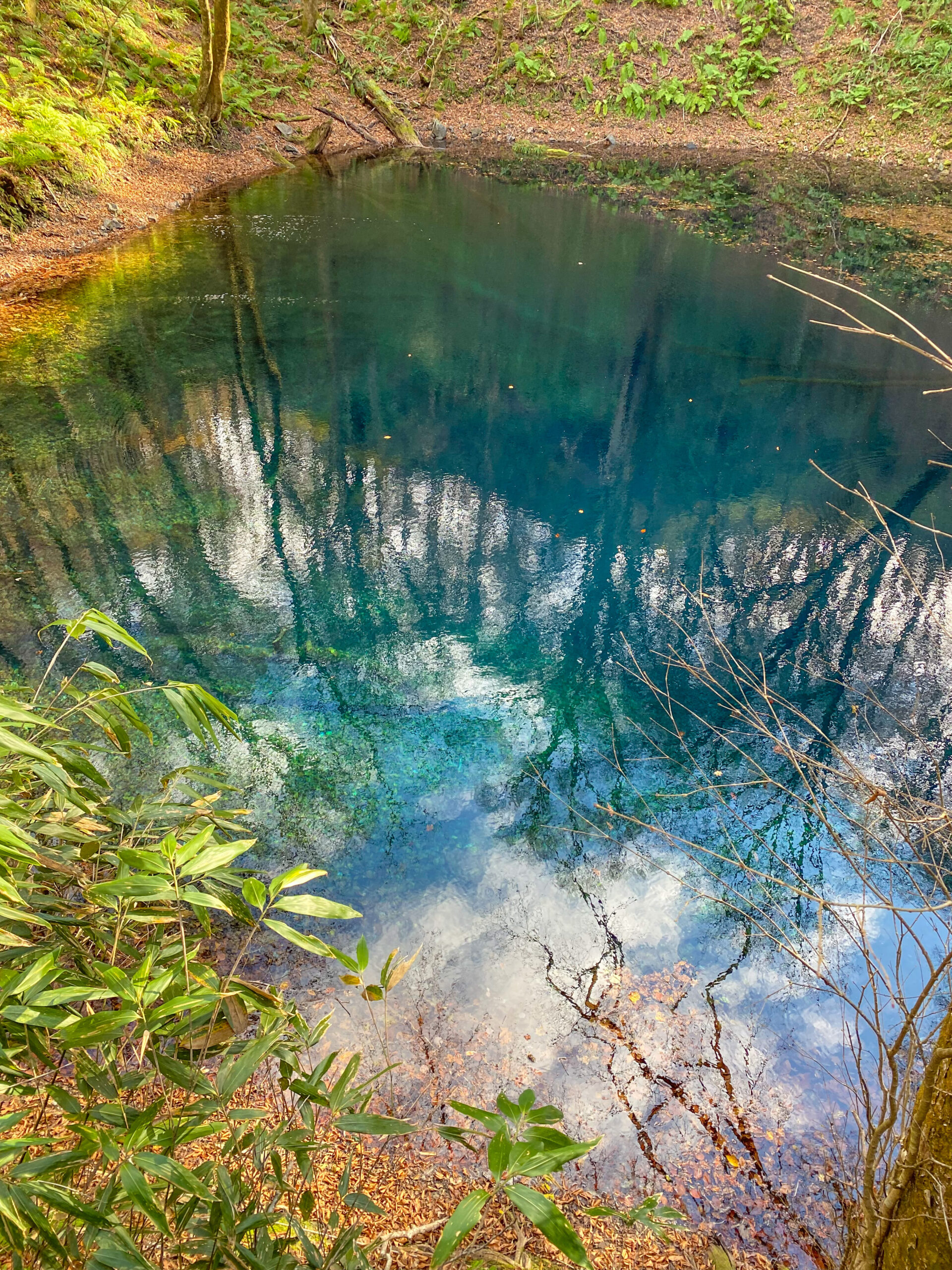
Recommended Souvenirs
Patissier’s Apple Stick
Apple pie sticks made from Aomori apples in syrup. Since it is individually wrapped, it can be eaten anytime, anywhere, and is also convenient for giving to someone.
There is also an apple pie called “Kininaru Ringo” that uses whole Aomori apples, so if you like apples, give it a try!
Cider
To promote Aomori’s apples, cider brewing began in the prefecture around 2010. Cider is an unfamiliar alcoholic beverage in Japan, but now that it is domestically produced, it is gaining in both name recognition and popularity. At “A-Factory” near Aomori Station, visitors can sample ciders by the glass.
Nakayoshi

Nakayoshi” is a snack made with cheese and squid. It uses squid from Hachinohe, which boasts the largest catch of squid in Japan. It can be enjoyed as a snack or as an accompaniment to sake. The flavorful squid and cheese are a perfect match.
Goldfish Nebuta
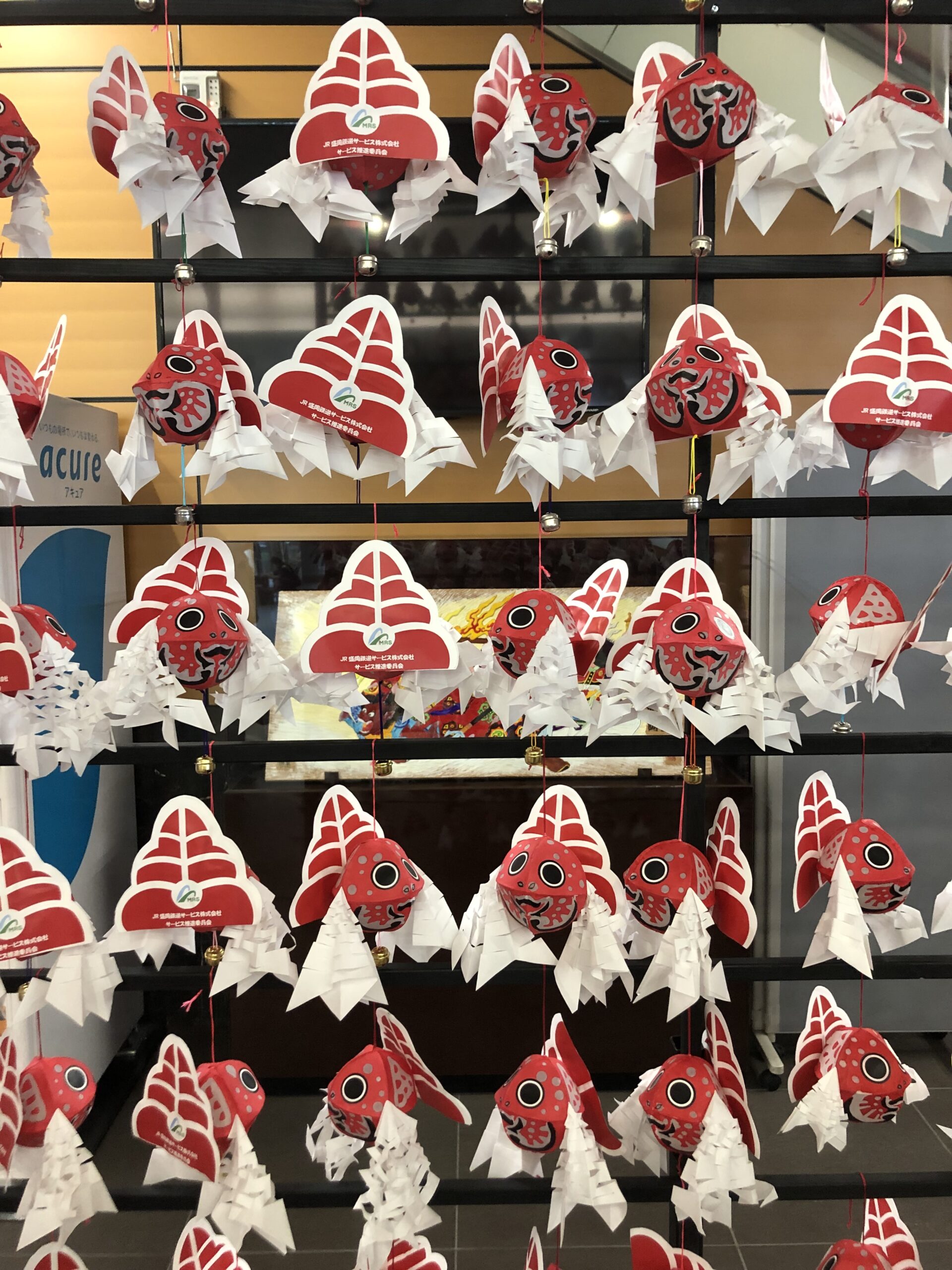
You can’t take a huge Nebuta home, but a goldfish Nebuta is perfect for decorating your room. Goldfish, which were out of reach for the common people in the Edo period, were made into nebuta. It is said that children walked around with them as if they were chochin during festivals. Today, vinyl ones are often seen as decorations for eaves. Their cute expressions are sure to make you want to take them home when you see them!
My favorite♥
I have loved Vienna ever since I visited there as a college student. (I have not been able to visit Vienna for more than a decade since then). I especially can’t forget the cafes in Vienna. The classical interior, the waiters in formal attire, and the authentic taste. There are cafes in Japan that claim to be Viennese, but they are somehow different from what I remember.

The closest thing to a Viennese café that I have experienced is Strauss in Aomori City, where Viennese pastries are sold on the first floor and cakes are served with coffee in the salon on the second floor. The spacious interior has a classical atmosphere, and you can enjoy an authentic Sachertorte. It is about a 7-minute walk from Aomori Station.

